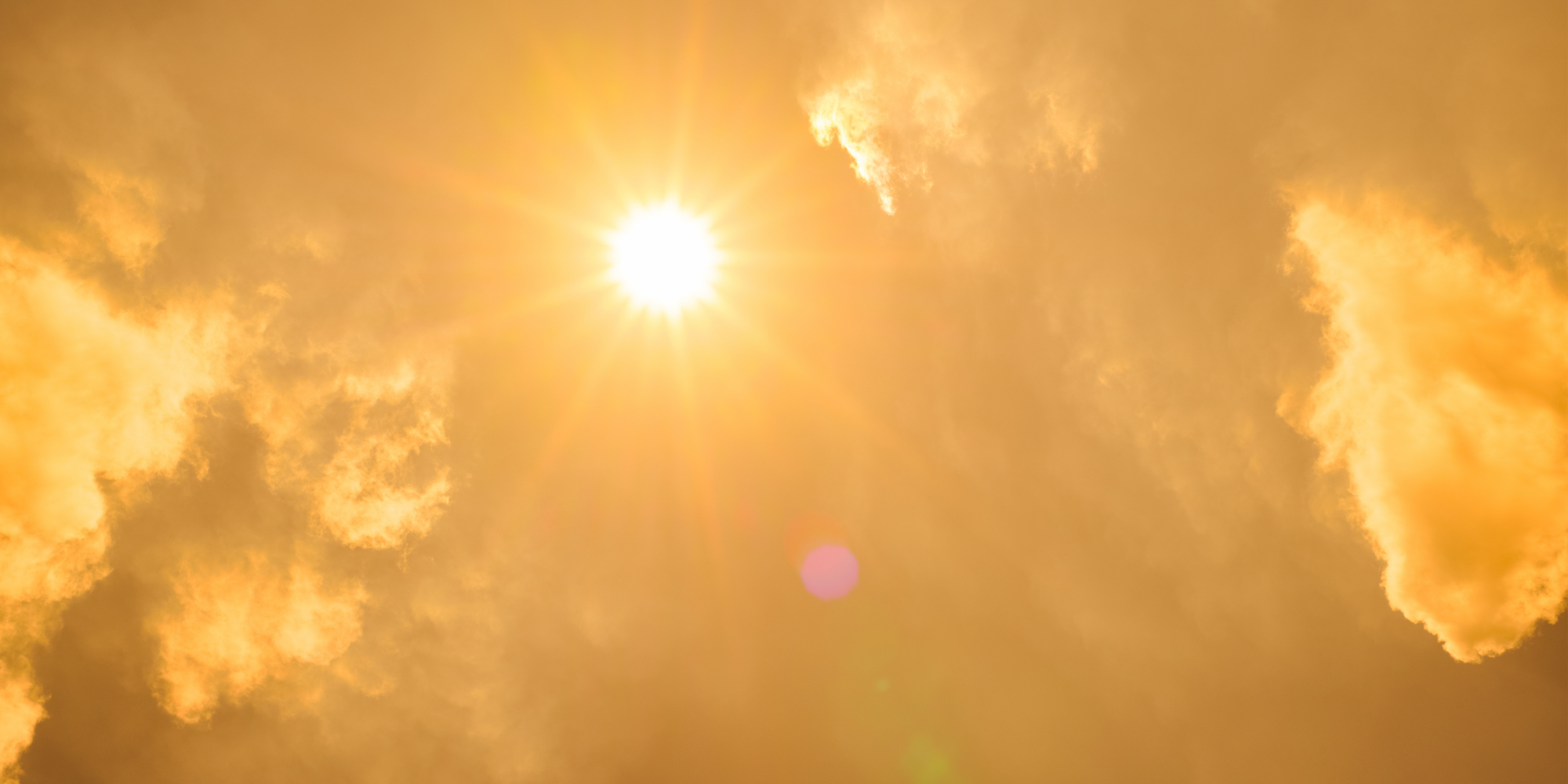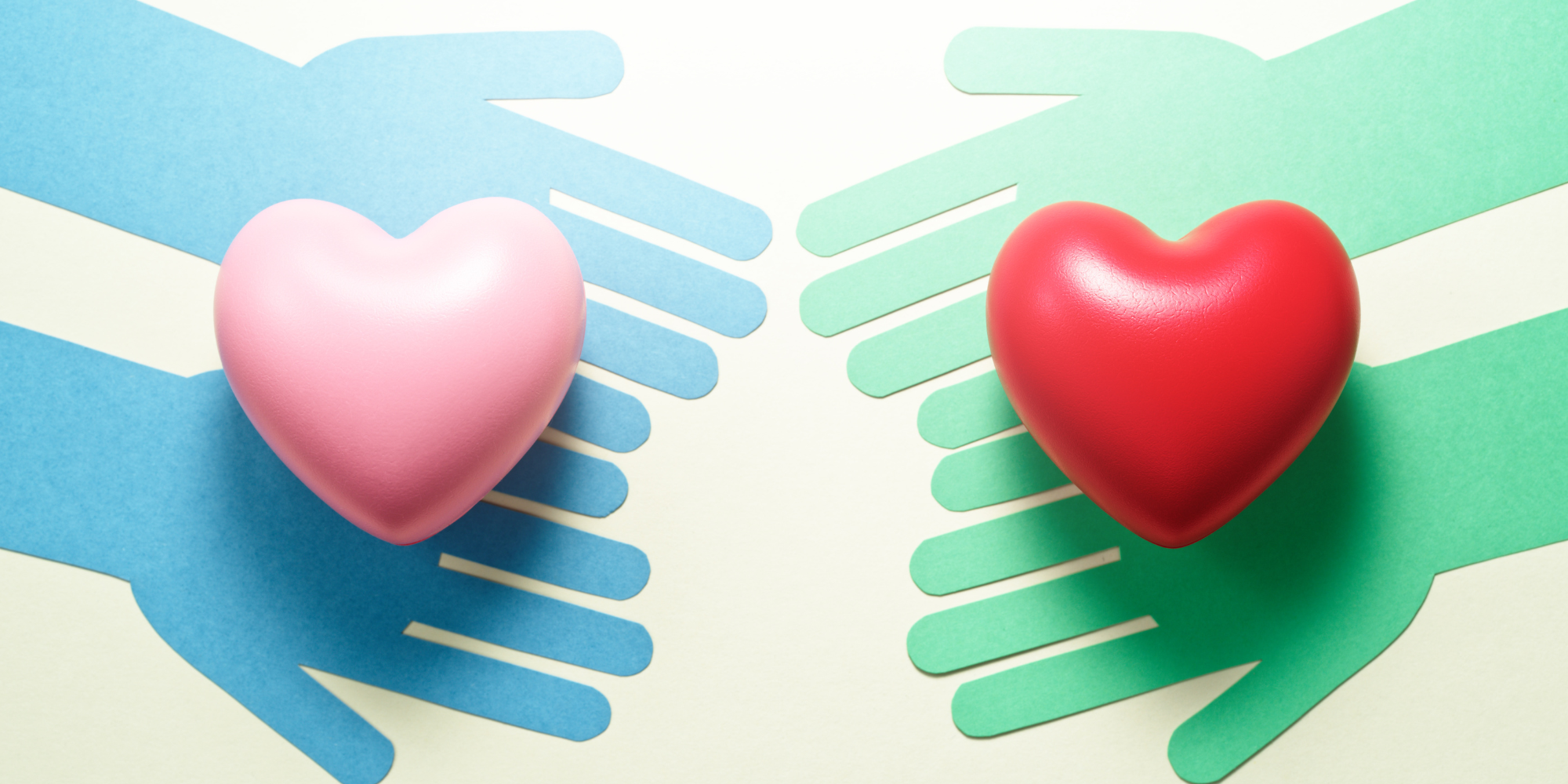Wow, it’s hot out there!
Have you noticed that it’s been harder to motivate yourself to get out and exercise in these warmer temperatures?
Whether you are going for a hike in the mountains, attending a sunrise yoga session, or running in your local neighborhood, for those of us who enjoy outdoor exercise, summer temperatures can be a barrier to staying consistent with our fitness goals. In this post, I’m going to help you understand how you can safely maintain those fitness goals in spite of the heat outside.
First, let’s begin by visualizing and understanding the internal and external mechanisms that control heat production, retention, and response as outlined by The American College of Sports Medicine.
Internally, when our muscles work, they produce heat. That heat transfers to the bloodstream, which increases core temperature. Our bodies respond to increased core temperature by initiating heat loss mechanisms such as sweating and increased blood flow to the skin.
Externally, environmental exercise factors such as temperature, humidity, air movement, sky and ground radiation, and our clothing choices dictate heat exchange between our skin and the outdoors.
Now that we understand how the body reacts to heat, the next step is to learn about different heat related illnesses so that we know exactly what to be on the lookout for.
Defining Heat-Related Illnesses
The following are considered adverse heat-related events. They can occur in elevated outdoor temperatures with or without exercise but can certainly be exacerbated by physical activity. Heat-related illnesses include the following, ranked from least severe to most severe:
- Heat rash: Clusters of red bumps or blisters found primarily in areas of skin-on-skin contact (upper chest, neck, elbows, behind knees, under breast and groin areas).
- Muscle cramps: Muscular spasm causing pain. Muscles will feel firm to the touch.
- Dehydration: A harmful reduction of water from the body.
- Heat syncope: Episode of dizziness or lightheadedness that usually occurs with a postural change. Dehydration and lack of heat acclimatization contribute to these episodes.
- Heat exhaustion: Symptoms can include vomiting, weakness, headache, fainting, and excess sweating paired with cold or clammy skin. Heat exhaustion is caused by an increase in core body temperature, up to 104 degrees F.
- Heat stroke: Symptoms include altered mental state, irritability, headache, irregular heartbeat, dizziness, fainting, nausea, visual disturbances, fatigue, and vomiting. Heat stroke occurs when core body temperature exceeds 104 degrees F. It’s a life-threatening emergency, so individuals suspected of having heat stroke should seek medical attention immediately!
Know Your Warning Signs and How to Respond
Heat-related illnesses can strike quickly, so keep an eye out for the following symptoms: muscle cramps, fatigue, weakness, nausea, vomiting, headache, excessive sweating, dizziness, confusion, elevated heart rate, irritability, lightheadedness, visual disturbances, and low blood pressure. Of course, we want to avoid heat-related illness, but should you find yourself experiencing any symptoms, what should you do? Take immediate action to lower your core temperature! The Mayo Clinic and Centers for Disease Control and Prevention have a few good places to start:
- Stop exercising at once.
- Get out of the heat and move to a cooler environment, whether that be an air-conditioned, indoor space or simply a shaded outdoor area with better airflow.
- Remove articles of clothing or any equipment from your body, to help lower your core temperature.
- Place cool, wet towels on your neck, forehead, and armpits. Or submerge yourself in a cold bath.
If your symptoms don’t improve within 20 minutes of intervention, seek immediate medical attention.
Prevention is Key
As temperatures continue to climb, learning ways we can prevent heat-related illnesses is critical to helping us keep our fitness goals. The American College of Sports Medicine and the Mayo Clinic have some suggestions to take into consideration as you plan to exercise in hot climates:
- Check the weather forecasts. Pay close attention to any heat advisories or alerts that may coincide with the timeframe you plan to exercise outside.
- Avoid 12-4 PM. These are the hottest hours of the day when the sun is typically strongest. Consider exercising outside in the early morning or dusk hours, when the sun is less intense.
- Protect yourself from the sun. Always wear sunscreen; a well-ventilated, brimmed hat to provide shade to your ears and face; and a pair of UV sunglasses to protect your eyes.
- Wear the right clothing. Did you know that dripping sweat doesn’t help you cool down? Sweat that can evaporate off your skin, however, releases heat from the surface of your skin, contributing to your body’s ability to regulate your core temperature. With that in mind, choose loose, lightweight clothes made of fabrics designed to wick sweat. You should also choose clothes that are light in color, as dark clothes attract and absorb heat.
- Be mindful of your fitness level. Exercise beginners should be abundantly cautious when exercising in the heat, as their heat tolerance may be lower than those with more experience.
- Gradually acclimate to the climate. Whether you are an expert or a beginner, when seasonal changes prompt temperature increases, acclimation is an important phase to allow your body to adapt. There are two ways to adjust to a hotter exercise environment. One option is to exercise in the heat for small, gradually increasing increments of time. Or, you can exercise for the same duration and intensity, but in gradually increasing temperatures. For example, you can exercise at the same time of day through the spring and summer, and as the temperature gradually and naturally rises, your body will adapt.
- Drink plenty of fluids. The American College of Sports Medicine (ACSM) recommends drinking fluids at least 4 hours before exercise, during exercise, and after exercise. Your beverages should include components of sodium, potassium, and carbohydrates to replace electrolyte losses from sweating.
- Bring a friend. Enjoy outdoor activities with one or more people who know how to respond to heat-related illnesses. The buddy system allows you to help each other in case of an emergency. This is not only a helpful tip for hot, outdoor exercise, but for all outdoor activities in remote areas.
- Consider alternatives. If your outdoor environment doesn’t lend itself to safe physical activity, consider an indoor activity in a temperature-controlled space, such as going to the gym, taking a walk in an indoor mall, or doing calisthenics in your living room.
- Discuss risks with your healthcare provider. Certain medications and medical conditions can leave some more susceptible to adverse heat reactions.
If you keep these tips in mind and remember the warning signs for heat-related illnesses, you can certainly continue to enjoy outdoor exercise for many sun-filled summers to come!
This article was first published in July 2021.


.png)
.png)
